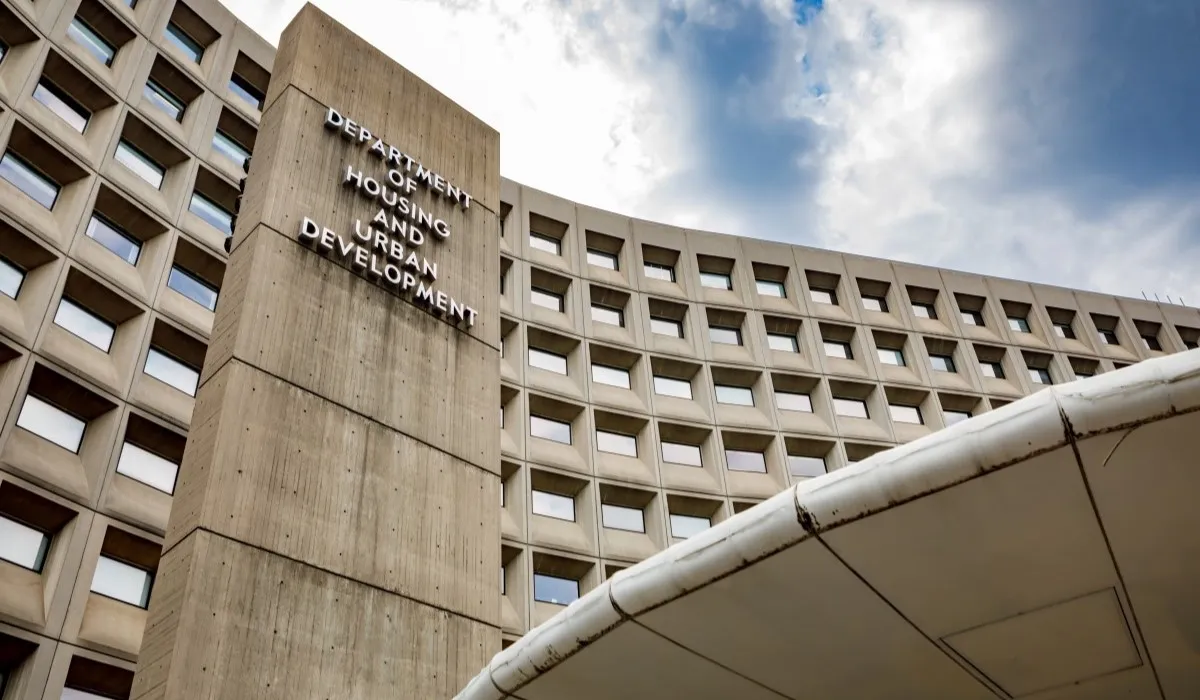Procedural fairness pertains to the just treatment of the processes and methods used to make eminent domain decisions and resolve disputes, real estate educator Lee Davenport writes.
Whether it’s refining your business model, mastering new technologies, or discovering strategies to capitalize on the next market surge, Inman Connect New York will prepare you to take bold steps forward. The Next Chapter is about to begin. Be part of it. Join us and thousands of real estate leaders Jan. 22-24, 2025.
Did you know that from 1949 to 1973 alone, more than a million people were reportedly displaced due to unfair eminent domain practices, some of whom are still affected today?
History can be a cruel reminder of the cost of what some consider necessary development and progress. Decades-old unfair land and home seizure issues have garnered media attention and ongoing community resistance, including Ebony Beach Club (below), Bruce’s Beach and Hilton Head.
Yet unfair eminent domain takings persist.

Sadly, for some homeowners today, including those in this specific instance in Georgia, the woes of eminent domain displacement are not just a theoretical issue or a historical lesson — it may feel like an ever-present, looming threat rather than progress.
Can eminent domain seizures ever be fair?
Being forced to sell unexpectedly your real estate property (especially if it doubles as your home), particularly without fair compensation (that covers the market value, moving expenses, and just the all-around hassle), can be jarring, to say the least.
It is debatable if a particular new development (such as a park, road or private golf course) should be able to displace existing owners. But what should emphatically not be up for debate is how fairness is broached when new developments are proposed.
It is not often discussed, and probably not widely known, that there are seven dimensions of fairness, with three typically requiring collective action (substantive, retributive and restorative), and four (distributive, interactional, informational and procedural) falling under the control of everyday practitioners.
Although all seven aspects of fairness are vital, if our communities (governing officials, developers, fellow real estate agents, residents and the like) focused just on procedural fairness, eminent domain takings would likely not sting as much and perhaps not cause discombobulating displacement.
For the rest of this piece, let’s focus on procedural fairness, which is often lacking in cases of eminent domain displacement but does not require any legislative or judicial change — it quite simply can be a commitment to better business practices.

Via Instagram @segregation_by_design and @whereismyland
The courteous 7: Decoding and emphasizing procedural fairness
Has there ever been a time in your life when a decision was made that impacted you, yet you were not consulted?
How did you feel about such dogmatic decision-makers?
Was it difficult to remain in the community with them?
You may have memories of exclaiming, “That’s not fair!” (often a child’s favorite reframe that gets stifled by some who say, “It’s my way or the highway!”).
I’d understand any indignation you felt because whether or not you knew the official term, you experienced a lack of procedural fairness.
Procedural fairness pertains to the just treatment of the processes and methods used to make decisions and resolve disputes.
In terms of real estate, what is telling is that in just about every case of displacement tracked since 1949, at least one of the following seven key components of procedural fairness had been absent:
- Transparency: Decision-making processes and criteria should be clear and accessible.
- Consistency: Procedures should be uniformly applied across similar cases, ensuring that decisions are not arbitrary and similar circumstances are handled similarly.
- Impartiality: Decision-makers should remain neutral and unbiased, free from personal interests or favoritism.
- Right to be heard: Affected individuals should have the chance to present their views and evidence, including the option to file complaints with the powers that be.
- Right to legal representation: Individuals should be able to seek legal advice during the decision-making process and should not be pressured into signing agreements without legal counsel.
- Reasoned decisions: Decisions should be based on evidence and relevant information, with supporting documents shared with the affected homeowner. Clear explanations of how decisions were made can help mitigate the emotional impact of displacement.
- Review and appeal: There should be mechanisms for reviewing and appealing decisions to correct errors and ensure accountability.
Thus, our “that’s not fair!” statement moves from just a childlike exclamation to a telling synopsis of missing salient procedures.
Can you imagine how resistance, frustration and animosity might be lessened if every single time a new development is proposed, all seven components of procedural fairness were prioritized?
Currently, fair housing laws do not expound on procedural fairness (or any of the details of fairness). But, we do not need to wait for legislative change (though this would be welcomed).
Housing practitioners (especially developers and our self-governance bodies like the National Association of Home Builders, Appraisal Foundation, National Association of Realtors, Mortgage Bankers Association, and so forth) can independently embrace ahead of the curve these proactive procedural courtesies and standards now.
Dr. Lee Davenport is a real estate coach/educator and author who trains real estate agents to provide access and opportunity in real estate. Connect with her on Instagram.



















 English (US) ·
English (US) ·